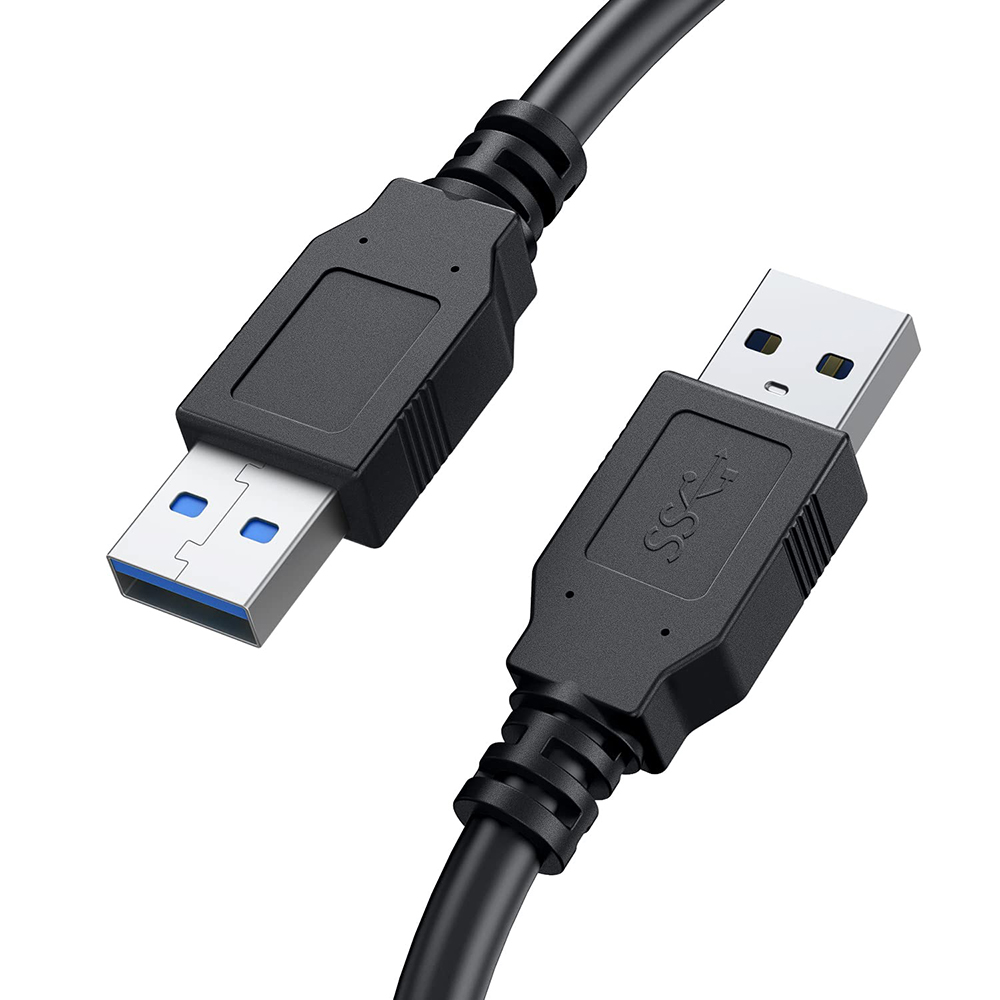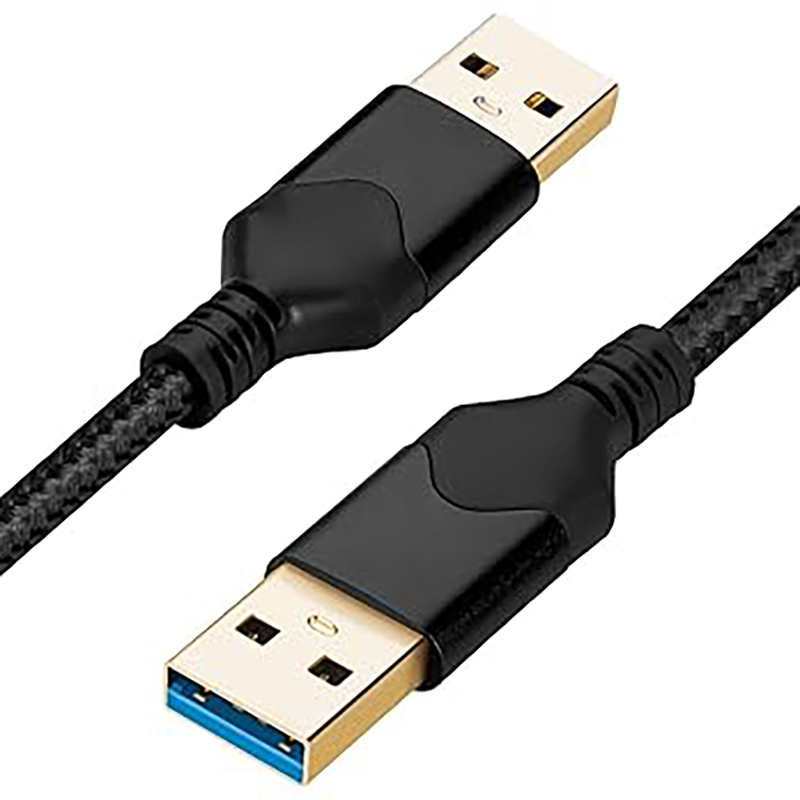USB 3.0 -- also known as SuperSpeedUSB -- provides a standardized interface for a wide variety of devices that are connected to a PC or audio/high-frequency device. Just a hardware device, USB3.0-related features can only be utilized if a USB3.0-related hardware device is installed in the computer! Devices ranging from keyboards to high-throughput disk drives are able to use this low-cost interface for a smooth-running plug-and-play connection, with little to no effort on the part of the user. The new USB 3.0 offers several enhancements below while maintaining compatibility with USB 2.0:
● Greatly increased bandwidth - up to 5Gbps full-duplex (compared to 480Mbps half-duplex for USB 2.0).
● Enables better power management.
● Enables the host to provide more power to the device, enabling applications such as USB - rechargeable batteries, LED lighting, and mini-fans.
● Enables the host to recognize devices faster.
● The new protocol allows for more efficient data processing.
USB 3.0 enables the transfer of large files (such as HD movies) at storage rates limited by the memory device. For example, a flash drive with USB 3.0 can transfer 1GB of data to a host computer in 15 seconds, compared to 43 seconds with USB 2.0.
Driven by the ever-increasing demand for resolution and storage performance in consumer electronics, and the desire to enable a wider range of media applications over broadband Internet connections, users need faster transfer performance to simplify downloading, storing, and sharing of large amounts of content for multimedia. usb 3.0 plays a critical role in providing consumers with the easy connectivity they need.
When used in consumer devices, USB 3.0 will solve the problem of USB 2.0 not recognizing battery-less devices. Hosts will be able to recognize these devices, such as cell phones with dead batteries, by slowly reducing the current through USB 3.0.
Hard Disk USB 3.0 CABLE,
Monitor USB 3.0 CABLE,
USB 3.0 CABLEFor system and ASIC developers, the broad utility of USB 3.0 chips and IP ensures that every design requirement can be met in a timely manner. This all-encompassing support is especially important for standards like USB 3.0, where speeds, high-level protocols, and a variety of cable lengths (from a few inches to a few meters) make design and standards compatibility a challenge.




